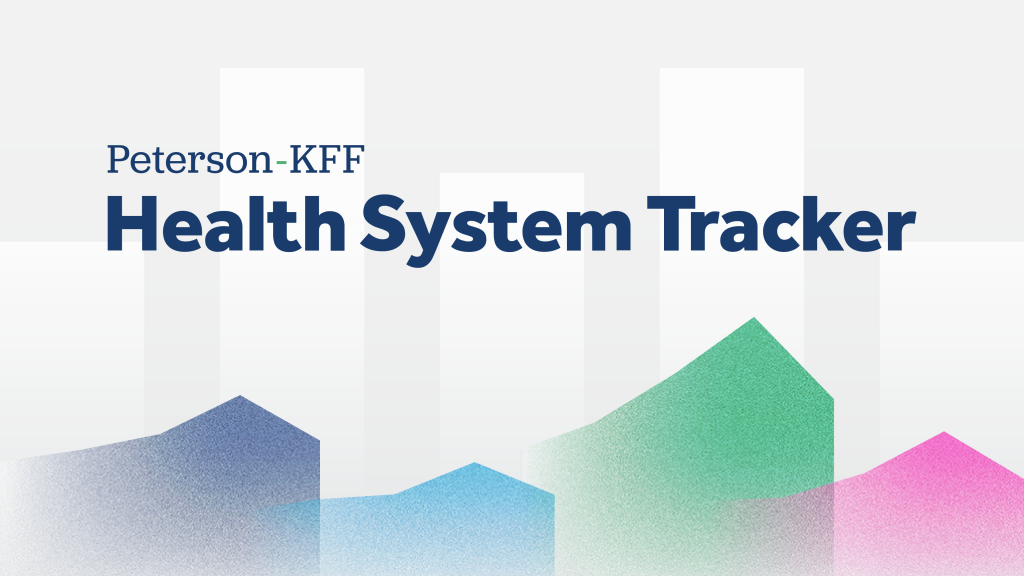Health of the Healthcare System: An Overview
This slideshow accompanies the video, “Health of the Healthcare System,” a diagnostic look at the state of the U.S. healthcare system. It compares the United States to other countries in four key areas: health, quality of health care, cost of care, and accessibility.
